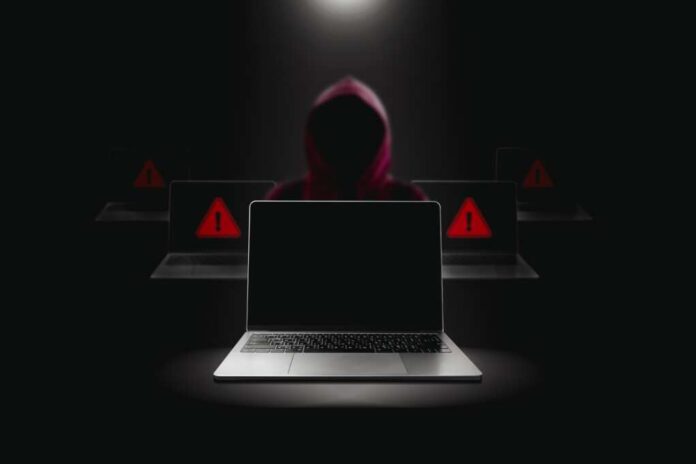
Phishing scammers exploit Google Forms to attack universities, sparking urgent cybersecurity awareness efforts.
At a Glance
- Phishing attacks target higher education institutions using Google Forms.
- Scams mimic legitimate communication, strategically timed around academic dates.
- Google Forms are attractive to scammers due to their trusted and encrypted nature.
- Education on cybersecurity and vigilance is crucial to combat these threats.
Google Forms: A Double-Edged Sword
Cybercriminals have turned the trusted infrastructure of Google Forms into a tool for phishing. These forms, known for being free and easy to create, are not only encrypted but use dynamic URLs. Such characteristics make them less likely to be flagged as malicious, allowing scammers to impersonate official university communications without raising suspicion. The reliance on these forms creates significant vulnerabilities, especially when attackers aim to collect sensitive information like login credentials or redirect users to malicious websites.
In a notable attack, higher education institutions across the United States were hit with phishing scams that expertly mimicked legitimate university communications. These attacks were often timed with key academic periods, effectively deceiving recipients. The sophistication of these scams marks a shift in phishing strategies, with fraudsters using authentic Google domains to bypass security measures typically employed by educational institutions.
The Persistent Threat to Universities
The cybersecurity threat posed by phishing scams in academic settings remains prevalent. Analysis of over 2,300 phishing emails targeting Cornell University revealed certain tactics used by scammers, including appeals to authority and fear. An interesting trend observed over time is the reduced occurrence of spelling errors, which traditionally served as warning signs to alert users of potential scams.
Supporting data reveals that phishing tactics now mimic routine university activities, such as fake job offers. This evolution highlights the critical need for universities to adapt their cybersecurity training and awareness efforts. The study conducted by Ethan Morrow offers insights into how mediated messages impact safety perceptions, underscoring the need for a proactive approach to cybersecurity.
Education: The Best Defense
Safeguarding against these phishing threats necessitates a concentrated effort on cybersecurity education within university communities. Institutions must encourage students and staff to be vigilant, advising them to verify requests using official channels and remain skeptical of unsolicited communications. Being cautious with Google Forms, identifying phishing signs, and verifying requests with respective organizations are vital steps.
Though Google has actively removed identified malicious forms, scammers remain one step ahead, constantly evolving their tactics. Awareness and proactive measures are essential to minimizing risk and ensuring personal and financial details remain secure. Stakeholders must understand the implications of these threats to better protect themselves from being unwittingly compromised.




















